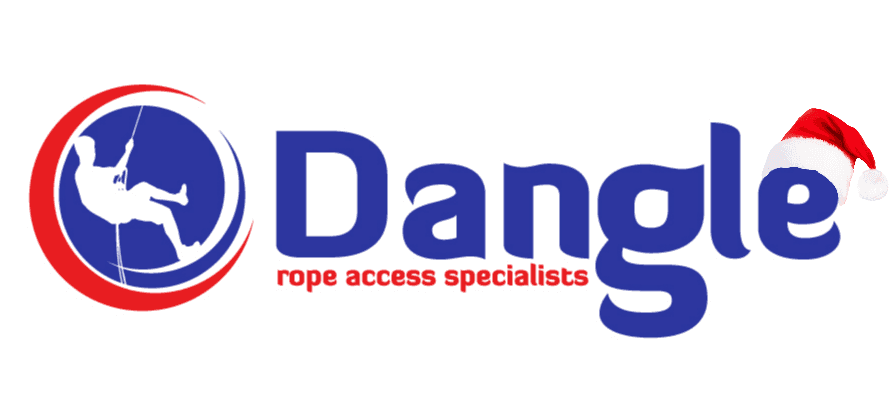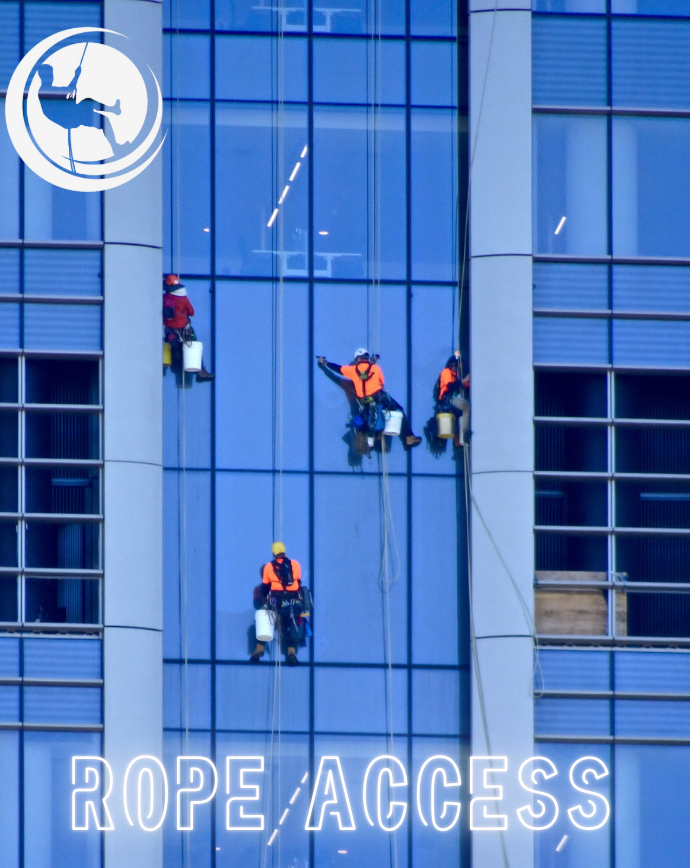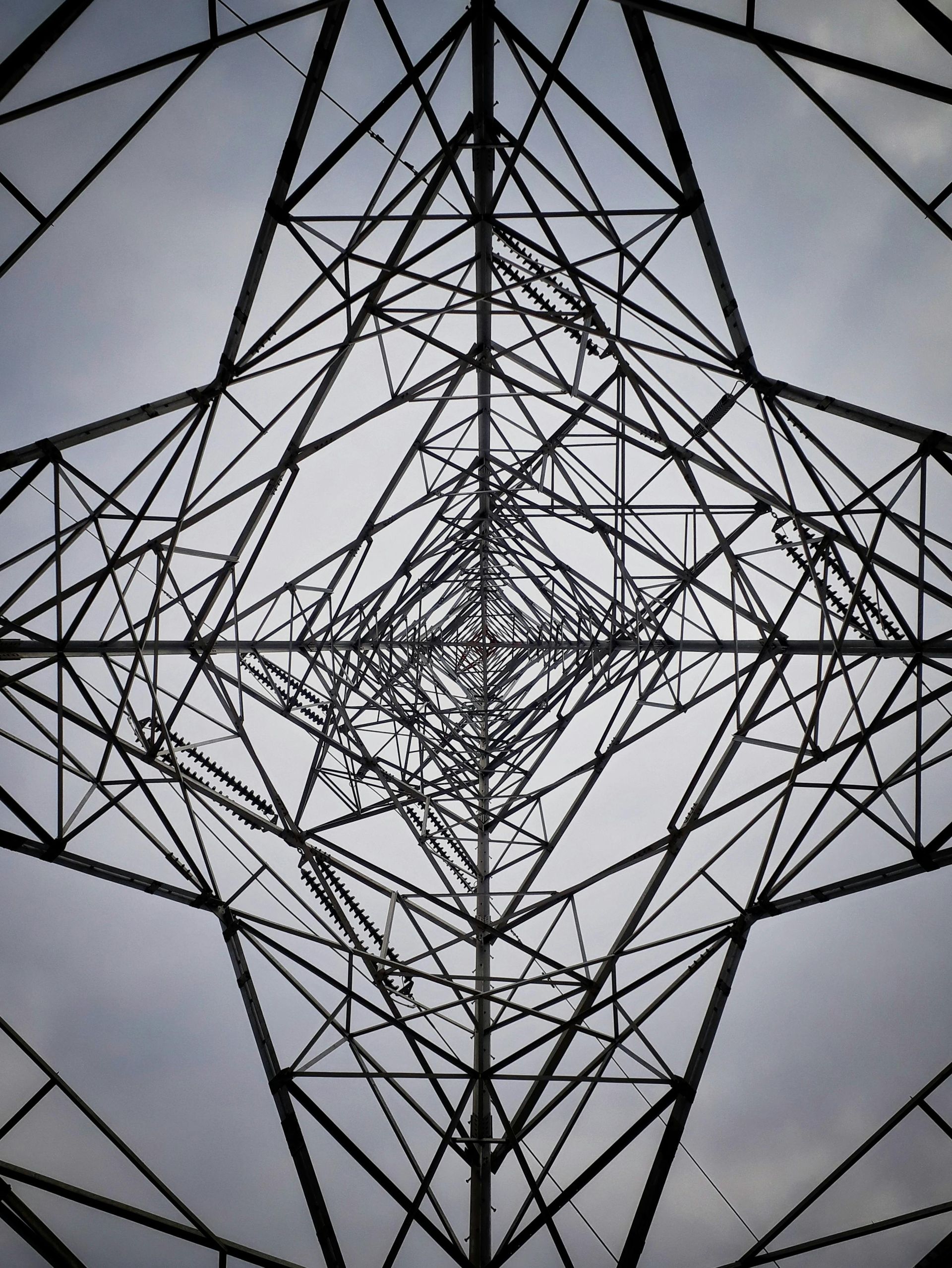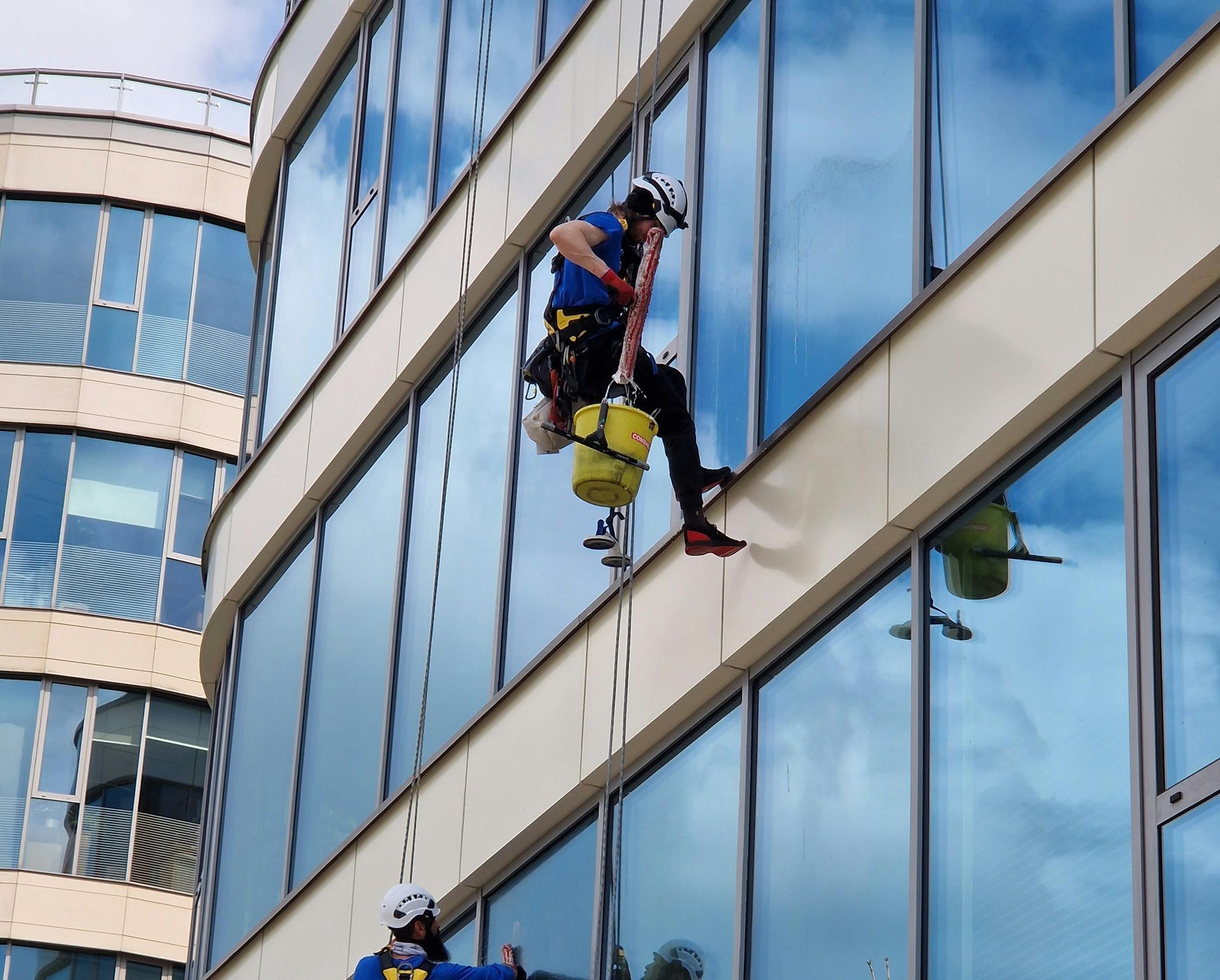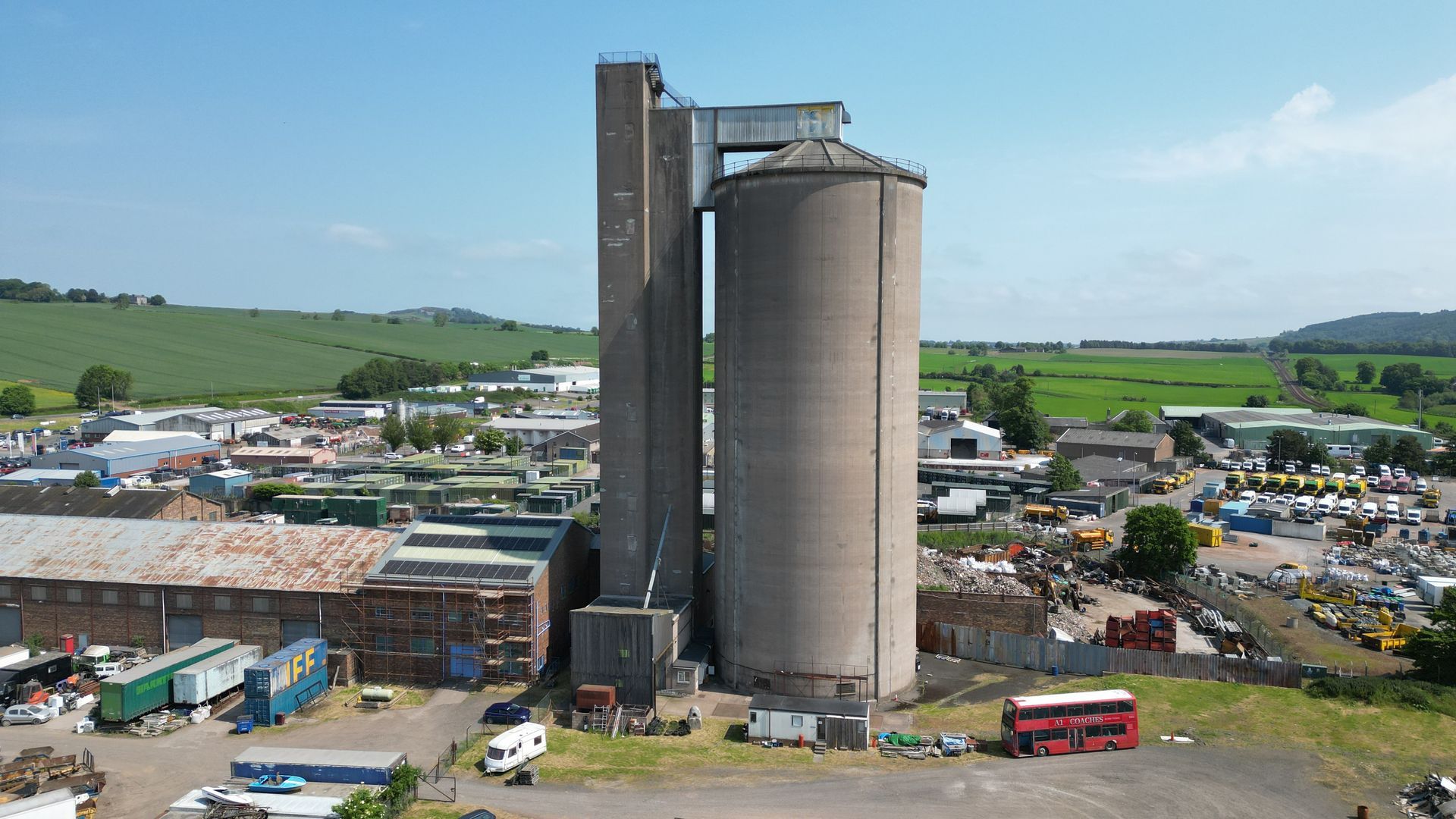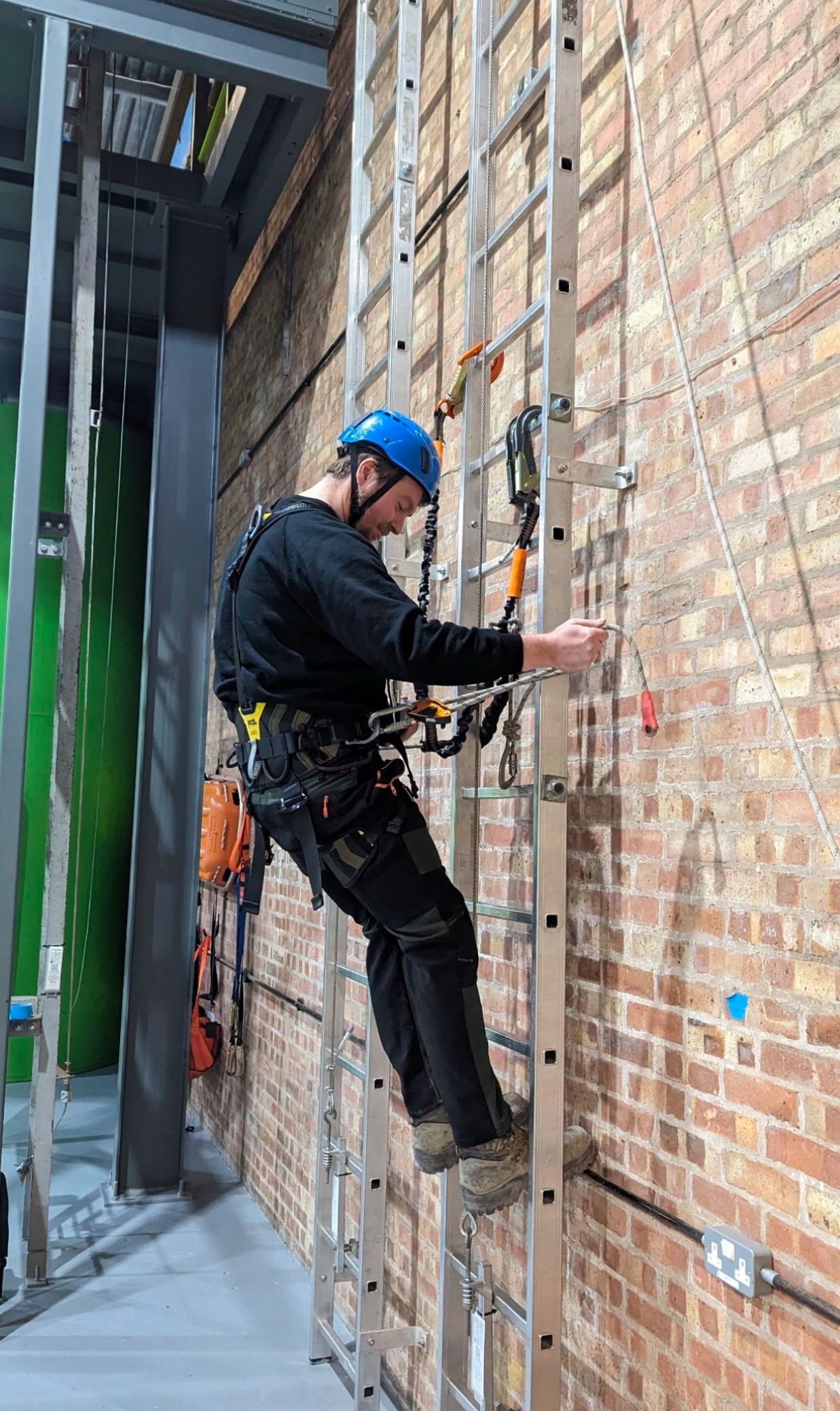Hiring a Painting Contractor for your Business
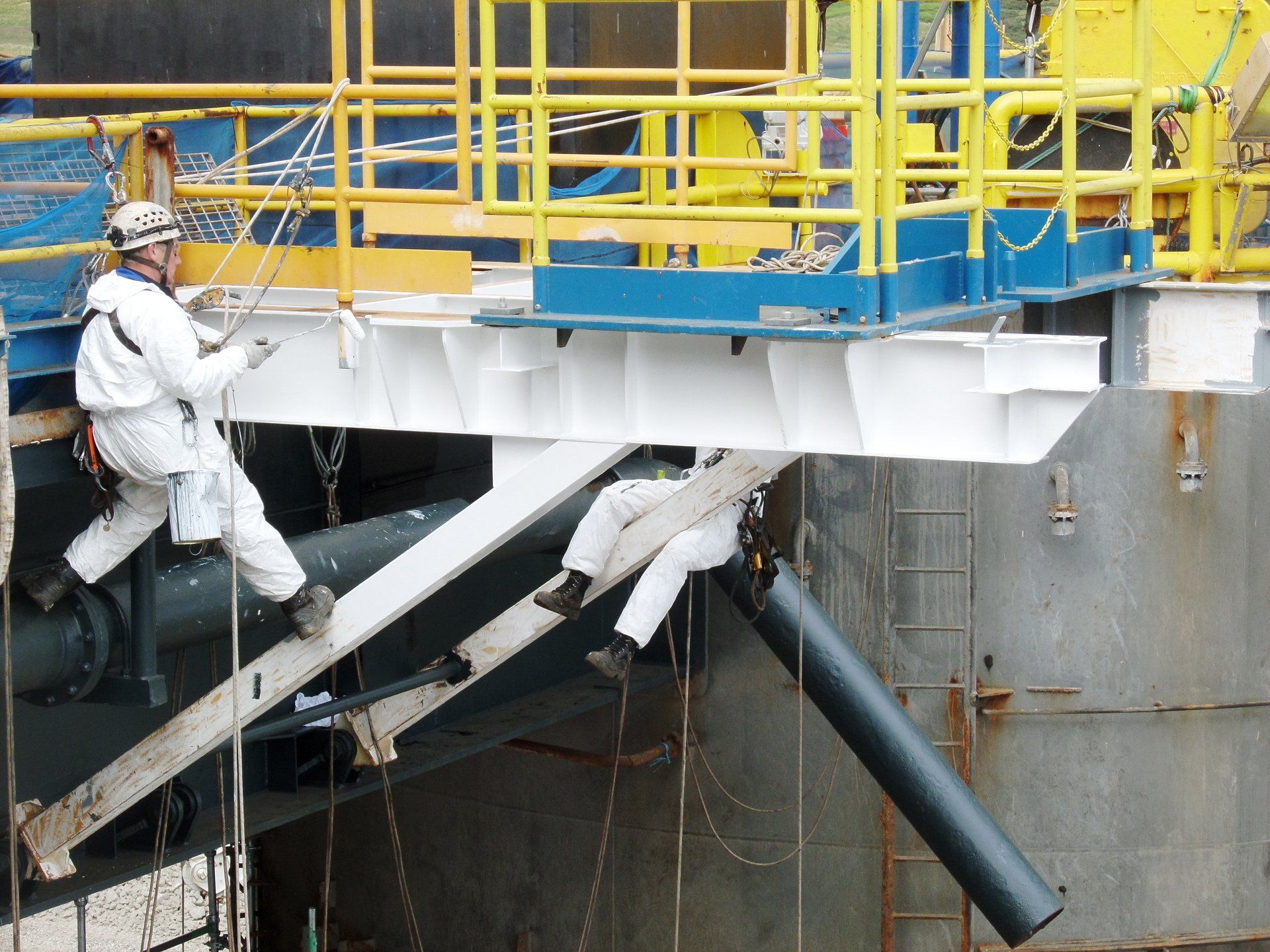
Understanding the Role of a Professional Painting Contractor
When it comes to transforming spaces with a fresh coat of paint, the role of a professional painting contractor cannot be overstated. These skilled professionals bring expertise, precision, and efficiency to a project.
A professional painter is not just someone who knows how to wield a brush or roller. They are trained individuals who understand the intricacies of surface preparation, paint selection, and application techniques. Whether it's residential painting services for homeowners or large-scale projects for commercial or industrial clients, a professional painting contractor is equipped to deliver high-quality results.
Industrial painting contractors specialise in coatings that protect structures from corrosion and wear, while commercial painting contractors focus on enhancing the aesthetic appeal of businesses, public spaces and client assets. Their knowledge of different types of paints and finishes allows them to recommend the best solutions for each unique project.
By entrusting your painting needs to a professional contractor, you can expect attention to detail, adherence to safety standards, and timely completion of the job. Their expertise not only ensures a visually pleasing result but also contributes to the longevity and durability of the painted surfaces.
In conclusion, professional painters play a crucial role in bringing colour and extended life to spaces across various sectors. Whether it's reviving exteriors with a fresh coat of paint or protecting industrial structures from environmental elements, their skills and dedication make them indispensable partners in any painting project.
Key Factors to Consider When Choosing a Painting Contractor
When selecting a painting contractor for your project, there are several key factors to consider that can help ensure the success of your painting job. One of the most important aspects to keep in mind is the experience and expertise of the painter. Look for a contractor who has a proven track record in handling projects similar to yours, whether it's industrial painting or commercial painting.
Another crucial factor to consider is the reputation of the painting contractor. Take the time to read reviews and testimonials from previous clients to gauge their level of satisfaction with the services provided. A reliable and reputable painter will have positive feedback and references that speak to their professionalism and quality of work.
Additionally, it's essential to consider the cost and budget when choosing a painting contractor. While it's tempting to opt for the cheapest option, remember that quality should not be compromised for price. Get quotes from multiple contractors and compare them based on their services, experience, and pricing structure.
Furthermore, communication is key when working with a painting contractor. Choose a paint contractor who listens attentively to your requirements, provides clear timelines for completion, and keeps you updated throughout the project. Effective communication can help prevent misunderstandings and ensure that your vision is accurately translated into reality, especially when tight deadlines are usually the norm.
Lastly, make sure that the painting contractor you choose is licensed, insured, and follows all safety regulations. This ensures that you are protected in case of any unforeseen incidents during the project.
By considering these key factors when selecting a painting contractor, you can make an informed decision that leads to a successful and satisfactory outcome for your painting project.
The Benefits of Hiring a Skilled Painting Contractor for Your Project
When embarking on a painting project, hiring a skilled painting contractor like Dangle can make all the difference in achieving a successful outcome. Professional painters possess a range of traits and qualities that set them apart from amateur or DIY painters.
One key benefit of hiring a reliable painting contractor is their expertise and experience in the field. Professionals, like Dangle Rope Access are often certified through programmes like Train the Painter, ensuring they have received proper training and are up-to-date with industry best practices and standards for coating applications.
Moreover, trustworthy painting contractors exhibit characteristics such as punctuality, attention to detail, and clear communication throughout the project. By working with a skilled and experienced paint contractor, you can rest assured that your project will be completed efficiently and to a high standard.
In conclusion, investing in a professional painting contractor brings peace of mind and guarantees quality results for your painting project.
Top Qualities to Look for in a Reliable Painting Contractor
When looking for a reliable painting contractor, there are several key qualities to consider that can make a significant difference in the outcome of your project. Professionalism is paramount when it comes to hiring someone to work on your home or business.
A trustworthy painting contractor should have excellent communication skills, be punctual, and maintain a high level of professionalism throughout the project.
Experience is another crucial quality to look for in a reliable painter. An experienced contractor will have the knowledge and skills necessary to handle any challenges that may arise during the painting process. They will also be able to provide valuable insights and recommendations based on their years of experience in the industry.
Reliability and dependability are essential traits of a professional painter. A trustworthy contractor should show up on time, complete the work within the agreed-upon timeframe, and deliver high-quality results. By choosing a reliable painting contractor, you can have peace of mind knowing that your project is in good hands.
Transparency and honesty are also important qualities to look for in a painting contractor. A reputable professional will provide clear estimates, communicate openly about any potential issues or changes, and be transparent about their pricing and services.
In conclusion, when searching for a reliable painting contractor, consider these top qualities: professionalism, experience, reliability, transparency, and honesty. By prioritising these traits in your search for a painter, you can ensure that your project is completed successfully with exceptional results.
Tips for Working Effectively with Your Chosen Painting Contractor
When collaborating with a painting contractor, effective communication and clear expectations are key to ensuring a successful project outcome. Here are some valuable tips for working harmoniously with your chosen painting contractor:
- Establish Clear Communication Channels: From the initial consultation to the completion of the project, maintain open lines of communication with your painting contractor. Clearly articulate your preferences, deadlines, and any specific requirements you may have.
- Define Project Scope and Expectations: Before work commences, make sure both parties are aligned on the scope of the project, including areas to be painted, types of finishes desired, and any additional services required such as wall repairs or priming.
- Agree on Timelines and Deadlines: Set realistic timelines for each stage of the painting process and agree on project deadlines upfront. This will help ensure that both you and the contractor are working towards a common goal within a specified timeframe.
- Ask for Regular Updates: Request regular progress updates from your painting contractor to stay informed about the status of the project. Address any concerns or issues promptly to avoid misunderstandings or delays.
- Be Open to Suggestions: While you may have specific ideas in mind for your project, be receptive to suggestions from your painting contractor based on their expertise and experience. Their insights can often lead to better outcomes.
- Provide Feedback Constructively: If you have feedback or concerns during the course of the project, communicate them in a constructive manner. Clear feedback helps address issues promptly and ensures that adjustments can be made as needed.
By following these tips and maintaining effective communication throughout your collaboration with a painting contractor, you can enhance productivity, minimise misunderstandings, and achieve satisfying results for your painting project.
Maintaining Long-Term Relationships with Dangle as Your Preferred Painting Contractor for Future Projects
As a preferred painting contractor for future projects, Dangle Rope Access guarantees exceptional service and quality workmanship. With a proven track record as award-winning industrial rope access painters in Scotland, we are dedicated to maintaining long-term relationships with our clients, and it shows through repeat business.
Our team at Dangle understands the importance of trust and reliability in the painting industry. By consistently delivering superior results and exceeding expectations, we aim to be your go-to choice for all your painting needs.
When you choose Dangle as your painting contractor, you can rest assured that your projects will be completed with precision and professionalism. Our commitment to excellence sets us apart in the industry, making us the ideal partner for both current and future endeavours.
Trust Dangle Rope Access to provide top-notch painting services for all your industrial projects in Scotland. Experience the difference of working with an established and reputable contractor who prioritises customer satisfaction above all else.
About Dangle Rope Access
Here at Dangle Rope Access, we provide a variety of comprehensive inspection, access, coatings, and composite (IACC) industrial services. Our services are available to both the private and public sectors.
We offer high-quality proven solutions that will help reduce maintenance costs in both the long and short-term. We are based in Dundee, Scotland and also have offices based in Edinburgh, along with our newly established training centre in Northern Ireland Dangle Academy. Due to our company size and structure, we are able to offer a flexible and versatile approach to the way we run our business and the services that we offer our clients. And, as a leading painting company, we’ve worked on several renewable energy projects in the UK, Europe, and the US.
We work with both on and offshore with wind farm operators, and asset owners. For offshore wind farm maintenance, to onshore building maintenance, we can cover both the East and West coasts.
To find out more about how our team can help you contact us today. Our friendly, professional and helpful team is always on hand to help!
